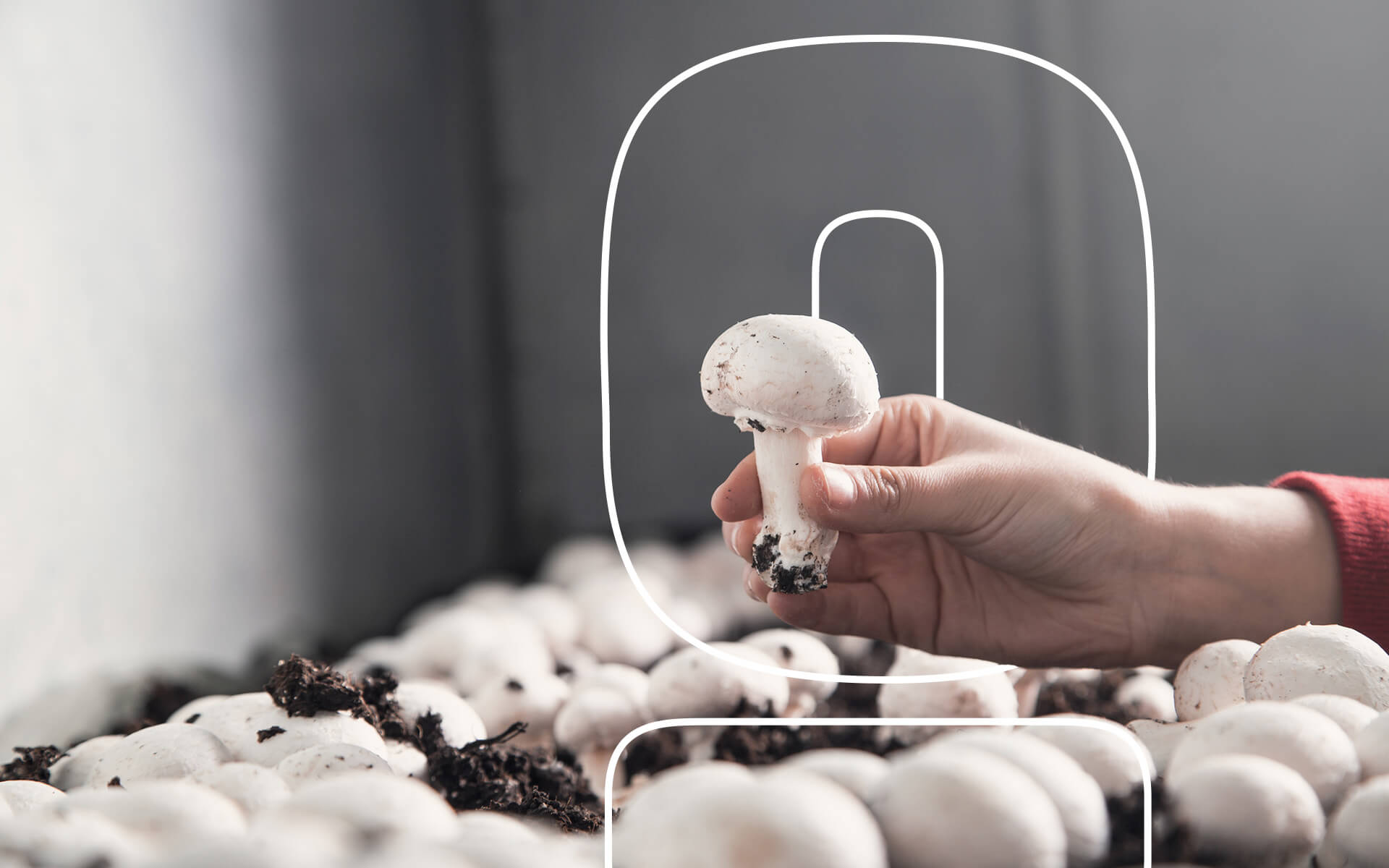
How to Grow Mushrooms From Coffee Grounds
We are reader-supported. When you buy through links on our site, we may earn affiliate commission.
The weather may be cooling in your region, making it less enticing to take the trash out. Decrease waste and discomfort by taking what would otherwise be going to a landfill to create food for delicious and comforting meals. It’s time to recycle and grow mushrooms from coffee grounds.
What Do I Need to Get Started?
Knowing the different ways you can grow in your home is helpful. From herbs to berries with herb pots to hydroponics, options are vast for indoor gardeners.
You don’t need expensive tools to grow mushrooms from coffee grounds, but choose whatever method works best for your situation. Thankfully, there is one for everyone, whether you live with curious animals or in a third-story apartment.
Coffee grounds are already nutrient-dense, making it an excellent farm for mushrooms. This, alongside straw or compost, will create the perfect setting for blossoming.
Next are the mushrooms. You can either obtain spores of any mushroom variety — from oyster to shiitake — or grow from store-bought mushroom stems by slicing them into small pieces for planting.
Depending on your chosen method, you may need any of the following materials:
- Container
- Knife
- Alcohol for sterilizing
- Plastic wrap
- Plastic bags
- Kitchen scale
- Gloves
These are not all required but may make the process more streamlined.
How Do I Grow Mushrooms from Coffee?
You may still be wondering how your coffee can grow mushrooms. Will the mushrooms taste like coffee? No, but there is mushroom-infused coffee if you want to double up on your coffee and mushroom experimentation game.
Step One: Sanitize All Tools
Using alcohol to sanitize everything from the knife, your gloves and the container will prevent contamination and encourage effortless growth. Use a paper towel to remove excess alcohol. Having a too damp surface could inhibit the mushrooms.
Step Two: Prepare Your Mixture
First, we must understand how to create a nourishing environment for the mushrooms to colonize. Break up fresh coffee grounds to create a more balanced substrate with straw or compost. This makes it moister.
Only use a small amount of coffee or spread it out, so the weight doesn’t compact the particles further. This will help airflow and speed up the process. The mix should be about 70% coffee, 20% straw and 10% mushrooms. Place the mixture in your container of choice.
Step Three: Store the Mushrooms
Mushrooms like humid and dark places while they are cultivating. Ensure they have airflow in whatever container you put them in — whether a plastic bag hung up or a Tupperware container under the kitchen sink. If your Tupperware container has plastic wrap on top, poke some holes. If you choose a plastic bag, do the same so that the mushrooms have room to develop.
Step Four: Give Water and Light
After a couple of weeks, a white, fluffy blanket should form around the grounds. This is when you know the mushrooms are about to sprout healthily. If they are another color, you may want to inspect the soil, as it could have been contaminated from another step in the process. Consider starting over or switching locations.
Once they reach a white, fluffy consistency, mist with water daily or every other day. After a bit more patience, you will have mushrooms ready to pick to add to your next stir fry in the next few weeks.
What’s the Environmental Impact?
We must consider the environmental impact coffee creates on the planet. Our morning Americano puts a strain on the environment. Finding creative ways to recycle these resources, like growing mushrooms, minimizes the impact the coffee industry could otherwise have. There are many reasons to consider the ethical consumption of coffee:
- Farmers usually only earn around 10% of the retail price: The industry contains many underpaid, underappreciated workers from marginalized communities.
- Coffee farms are often mono-cultured: The high demand forces farmers only to grow one plant in one area. This harms biodiversity and soil quality, as it depletes nutrients without giving any back.
- If not grown sustainably, coffee pollutes the air and water: Consumers must consider how pesticides used on these mass farms contribute to poor air quality and water pollution.
Mushrooms are a great source of nutrients but also promote a greener planet. Fungi can do everything from helping degrade toxins in the soil to being an alternative to unsustainable materials like plastics and synthetics. Consider how you may use your mushrooms for other sustainable initiatives outside of cooking — the versatility will surprise you.
Mushrooms in Unexpected Places
Instead of spending excess money on mushrooms — in which you’re mostly paying for the packaging — consider a more sustainable option. Grow your own from used coffee grounds. With patience, you may never waste money at the grocery store again with this painless, low-maintenance solution for delicious mushrooms.
Share on
Like what you read? Join other Environment.co readers!
Get the latest updates on our planet by subscribing to the Environment.co newsletter!
About the author

Steve Russell
Steve is the Managing Editor of Environment.co and regularly contributes articles related to wildlife, biodiversity, and recycling. His passions include wildlife photography and bird watching.





